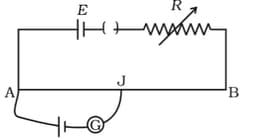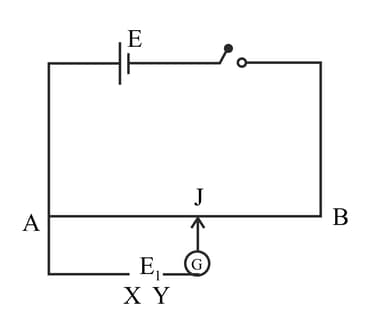NCERT Solutions for Chapter: Current Electricity, Exercise 2: VSA
NCERT Physics Solutions for Exercise - NCERT Solutions for Chapter: Current Electricity, Exercise 2: VSA
Attempt the practice questions on Chapter 3: Current Electricity, Exercise 2: VSA with hints and solutions to strengthen your understanding. NCERT Exemplar Physics - Class 12 solutions are prepared by Experienced Embibe Experts.
Questions from NCERT Solutions for Chapter: Current Electricity, Exercise 2: VSA with Hints & Solutions
What are the advantages of the null-point method in a Wheatstone bridge? What additional measurements would be required to calculate by any other method?
What Is the advantage of using thick metallic strips to join wires In a potentiometer?
For wiring in the home, one uses wires or wires. What considerations are Involved in this?
Why are alloys used for making standard resistance coils?
Power is to be delivered to a device via transmission cables having resistance . If is the voltage across and is the current through It, find the power wasted and how can It be reduced?
AB is a potentiometer wire (Figure). If the value of is increased, In which direction will the balance point shift?


While doing an experiment with potentiometer (Figure) It was found that the deflection Is one sided
(a) the deflection decreased while moving from one end A of the wire to the end B.
(b) the deflection Increased, while the Jockey was moved towards the end B.
(i) Which terminal of the cell is connected at in case (a) and how is related to
(ii) Which terminal of the cell is connected at in case (b)?
A cell of emf and Internal resistance is connected across an external resistance . Plot a graph showing the variation of potential difference across , verses .
